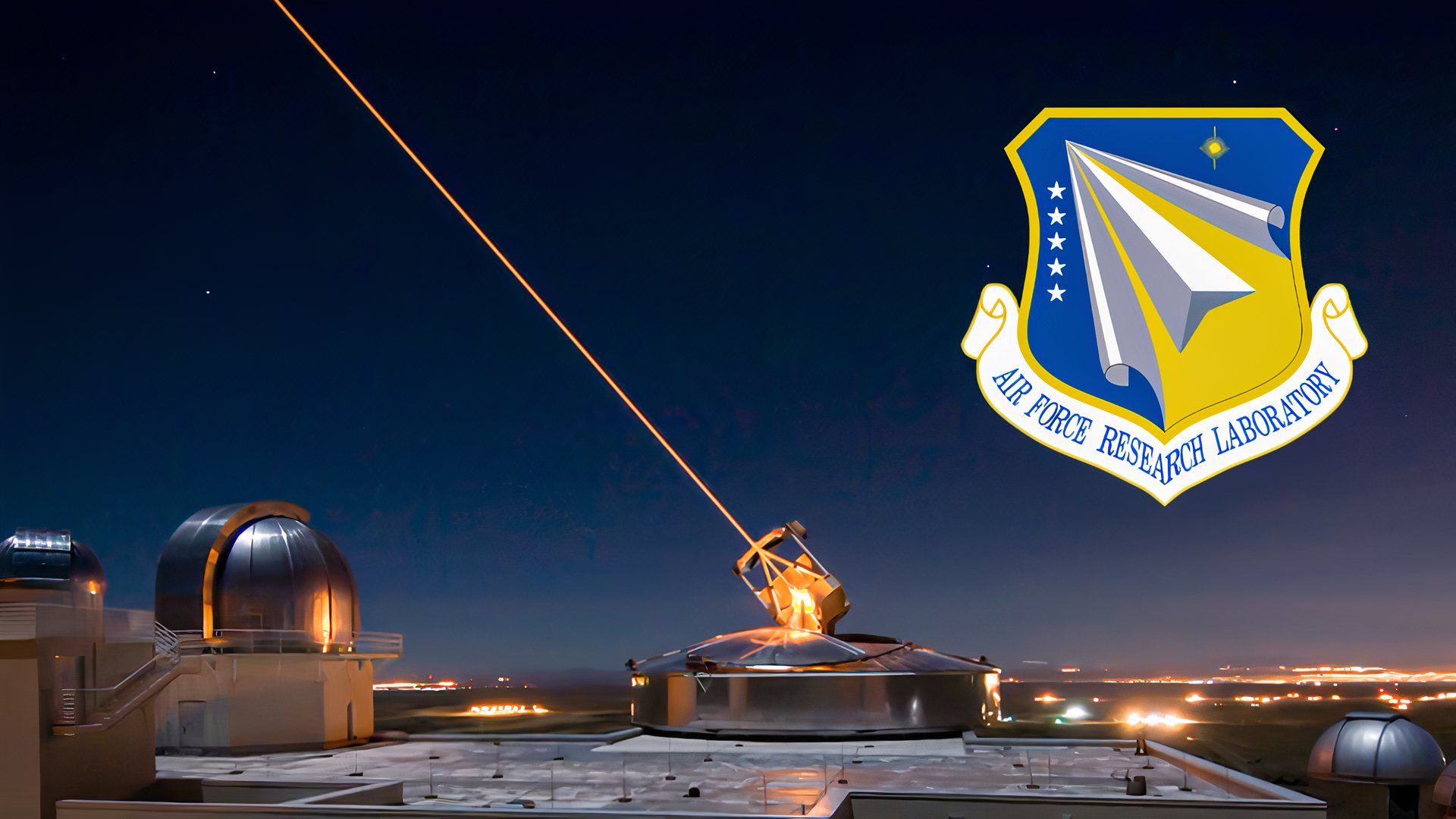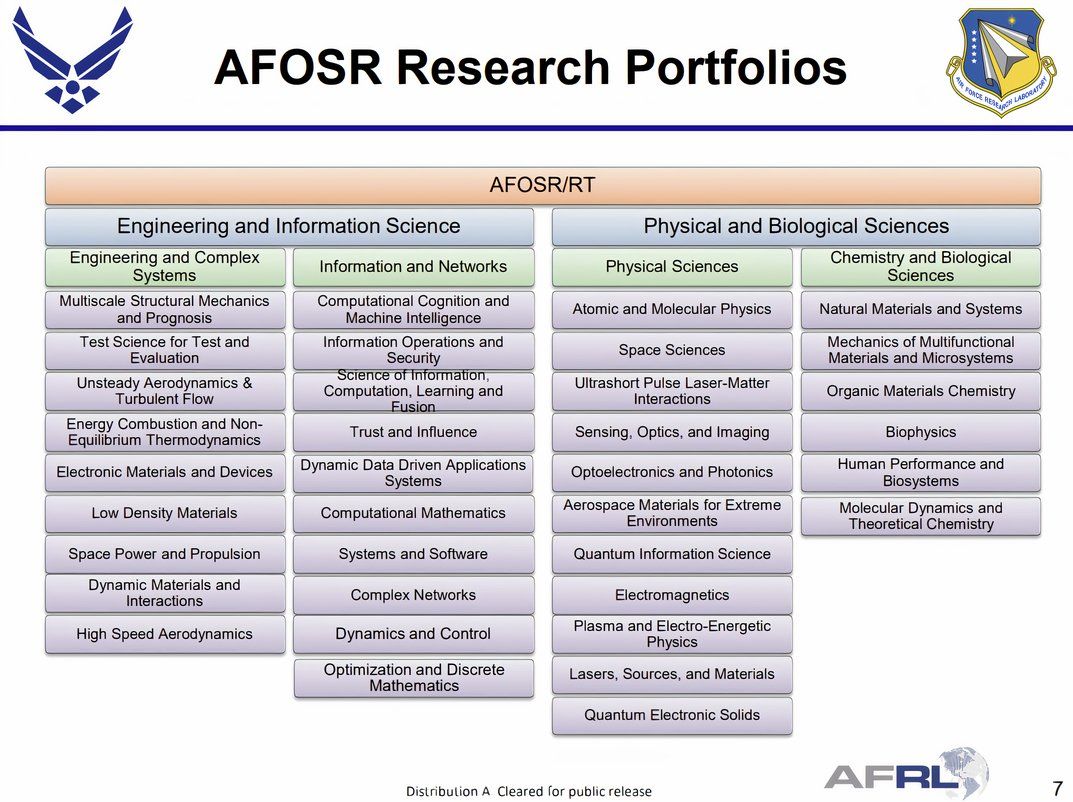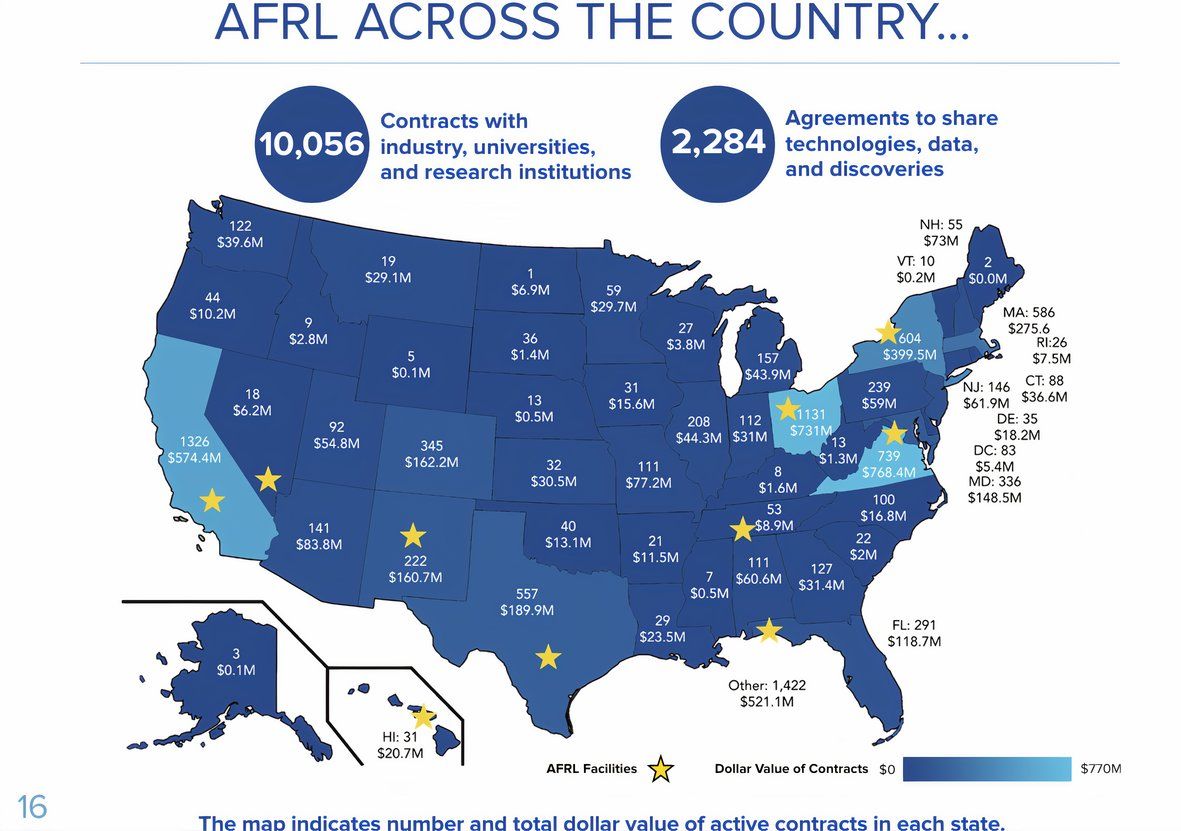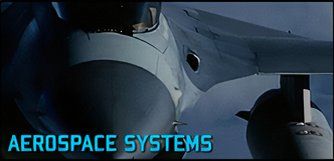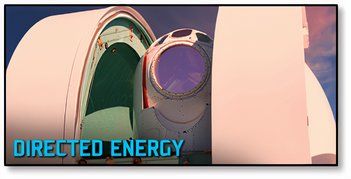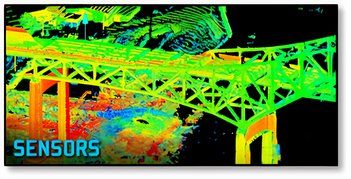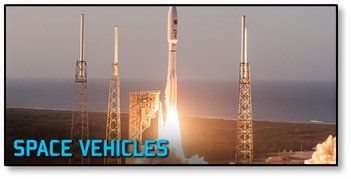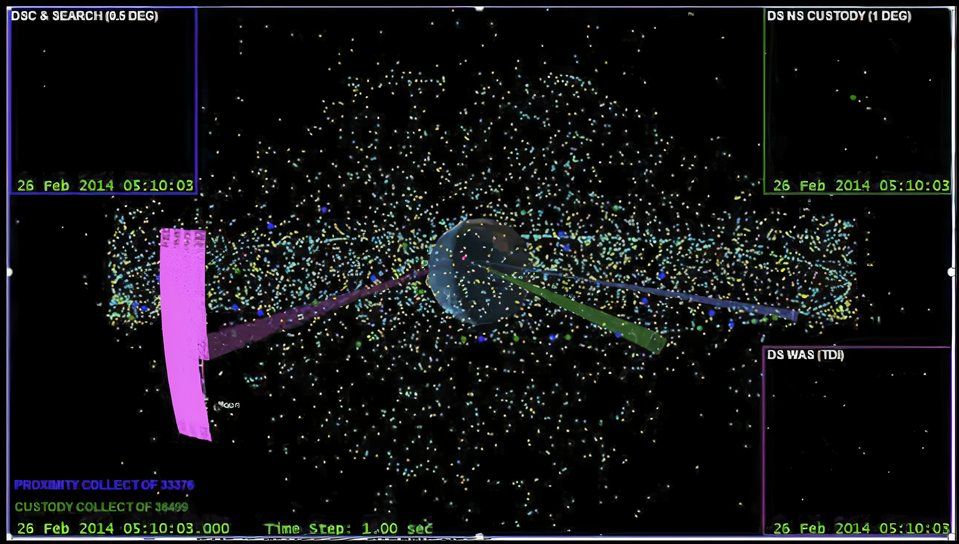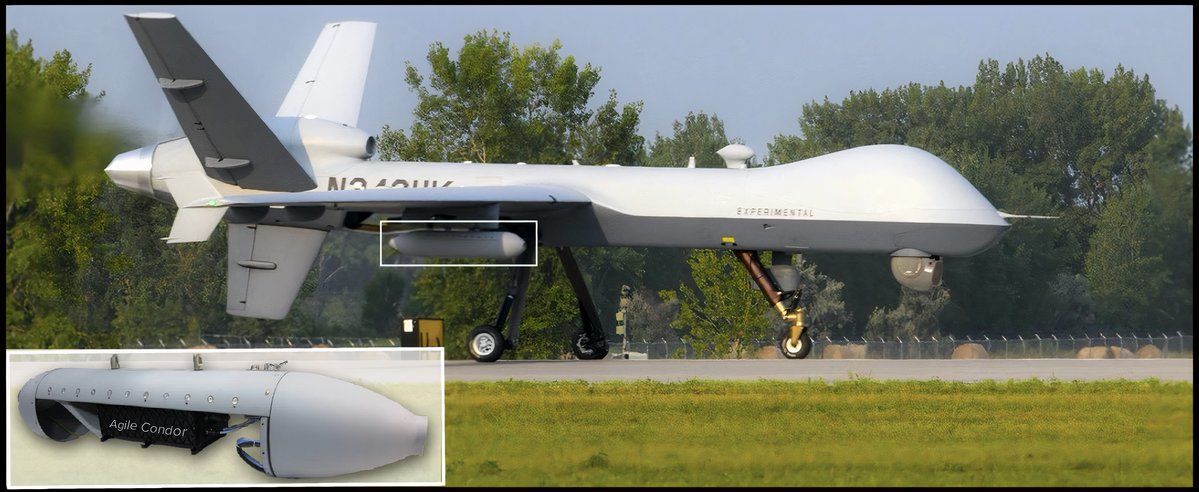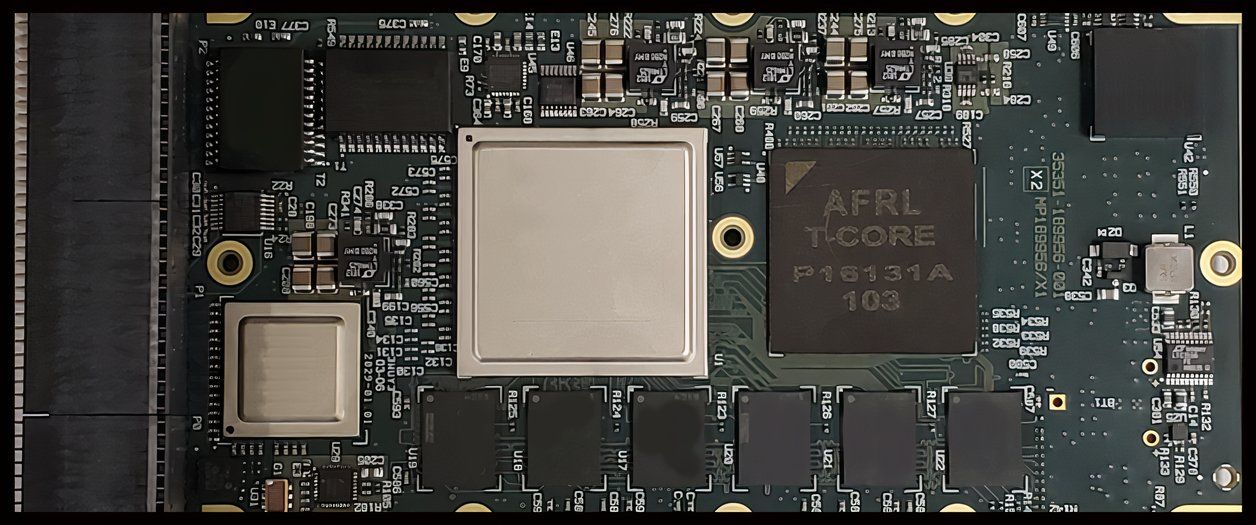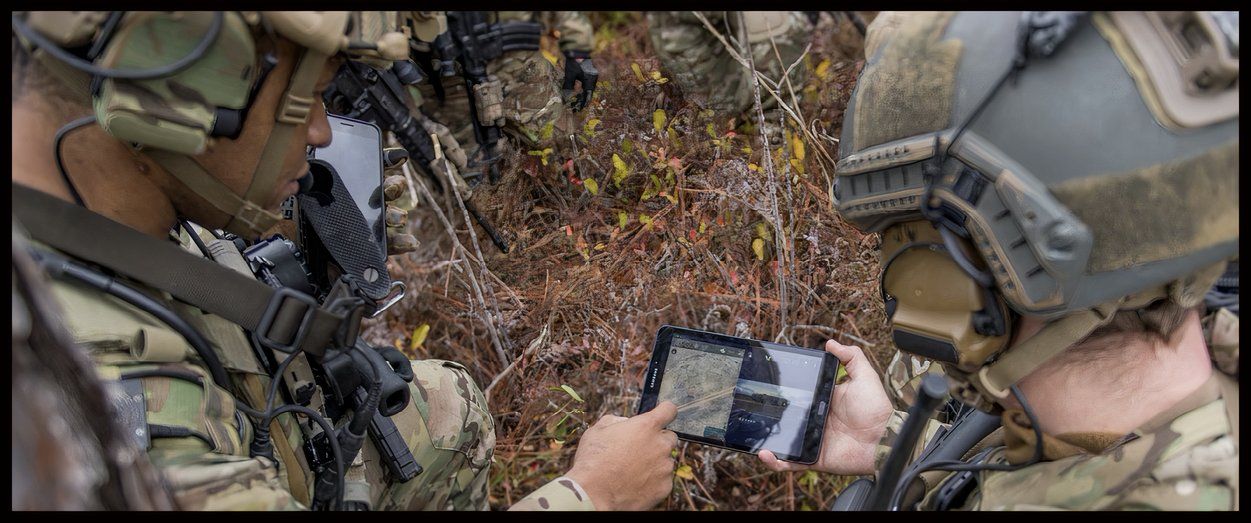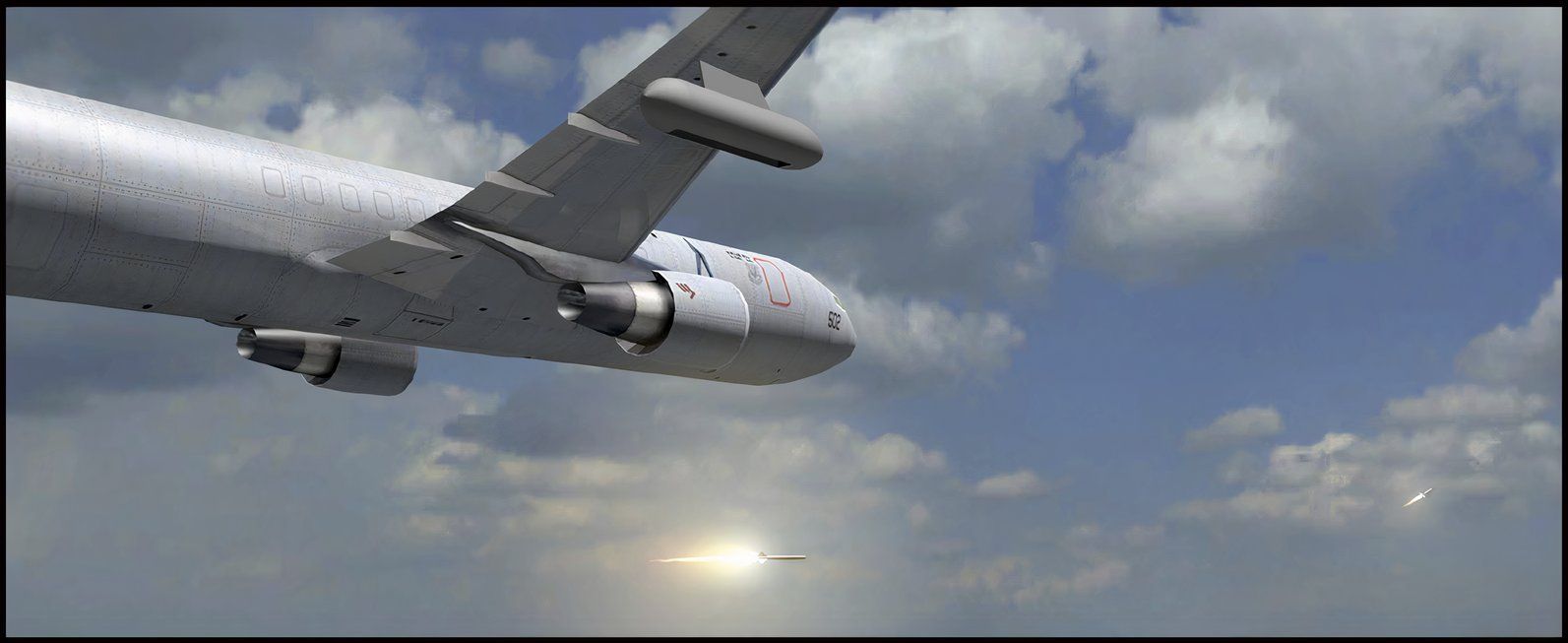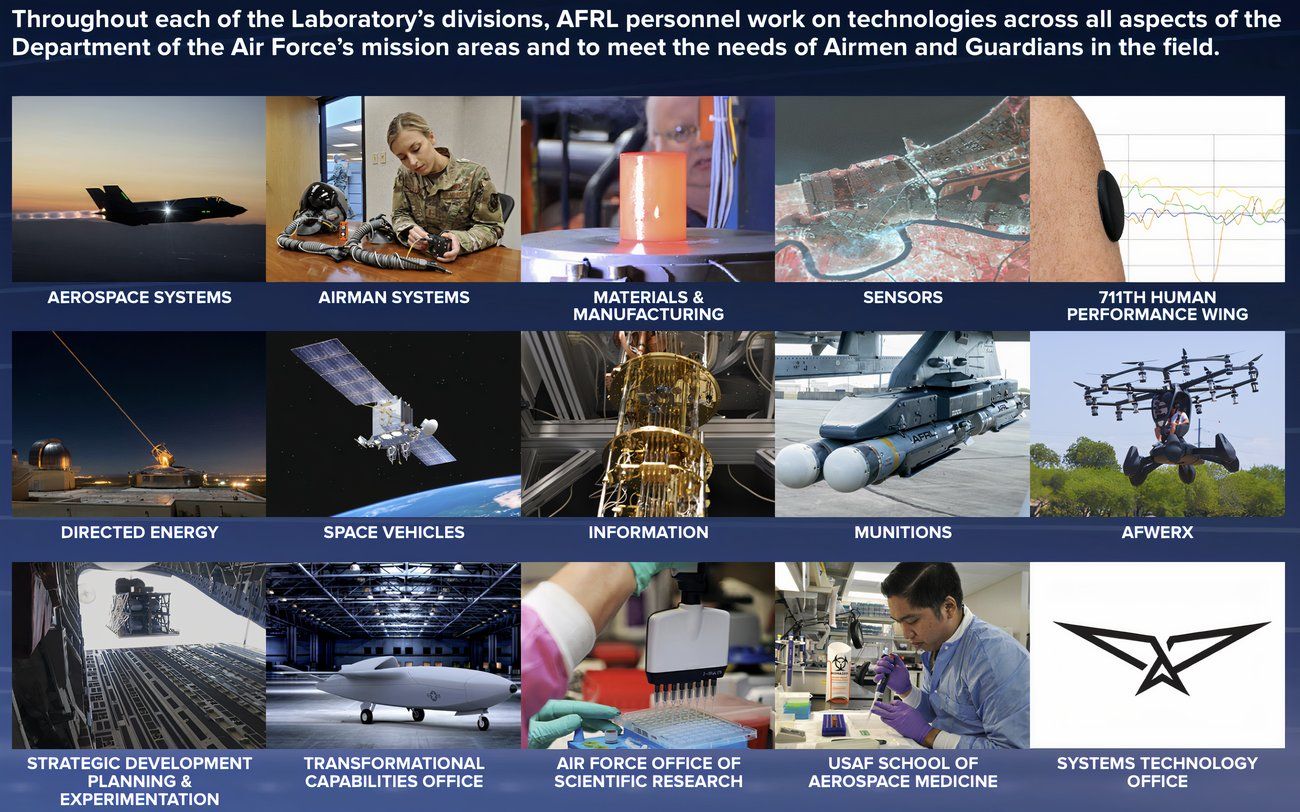The Air Force Research Laboratory (AFRL) is the US Air Force’s crucial research and development arm. With its dedicated and highly trained staff, foreign partners, and industries, the AFRL is a significant contributor to national security.
The United States Air Force
Research Laboratory (AFRL) is at the cutting edge of research and development. The AFRL delivers capabilities for today’s warfighters while developing technologies to meet the Air Force’s and Space Force’s future needs in order to stay ahead of America’s competitors. These missions are accomplished with a dedicated staff of 11,500 military, civilian, and contracted personnel, with a portfolio of investments worth approximately $7 billion.
Photo: USAF
The AFRL’s research facilities and programs span the length and breadth of the U.S., with approximately 10,056 contracts with industry, universities, and research institutions. Additionally, the AFRL works with partners globally. This research takes place in 52 countries through approximately 811 grants and agreements and 363 international research agreements.
Photo: USAF
The above statistics could have slightly increased or decreased since 2021, the release date of the AFRL Annual Report. If you would like to see this report in its entirety, click HERE
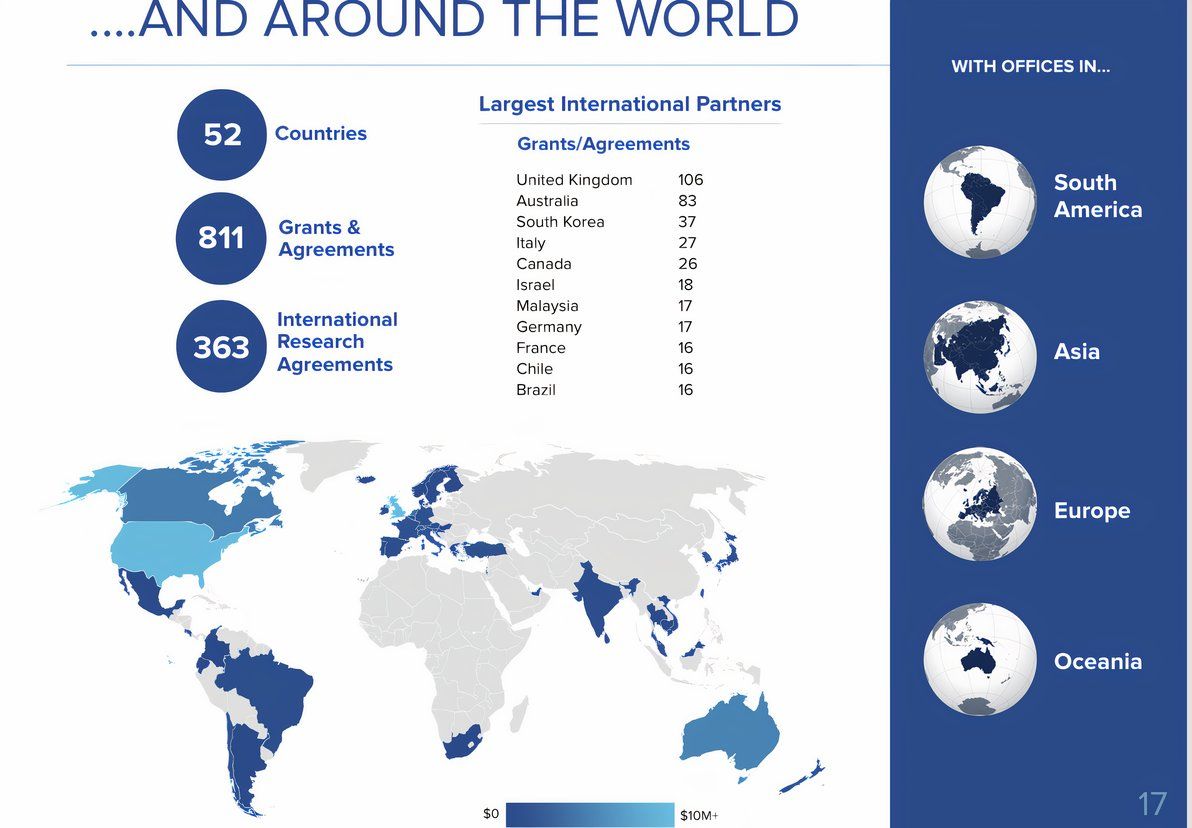 The nine Air Force Research Laboratory directorates
The nine Air Force Research Laboratory directorates
The funding mentioned earlier, and work are directed to and accomplished through the nine Directorates. These directorates are charged with varying tasks, all of which are targeted at enhancing the capabilities of the Air Force, Space Force, its personnel and equipment, and the development of new, cutting-edge equipment. These are their roles, as described by the AFRL:
Airman Systems Directorate
“The Airman Systems Directorate focuses on human factors science, engineering and research to advance Airman-related technology for systems crucial to continued aerospace superiority, and to enhance the health and performance of the multi-domain Airman.” — AFRL
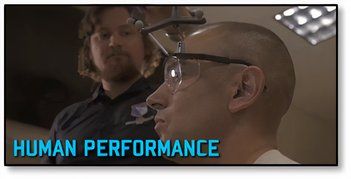 Aerospace Systems Directorate
Aerospace Systems Directorate
“The Aerospace Systems Directorate advances technologies to unleash transformative space and air capabilities to make the fight unfair. Areas of focus include aerospace vehicles, control, power, thermal management, high speed systems, rocket propulsion, turbine engines, and systems analysis.” — AFRL
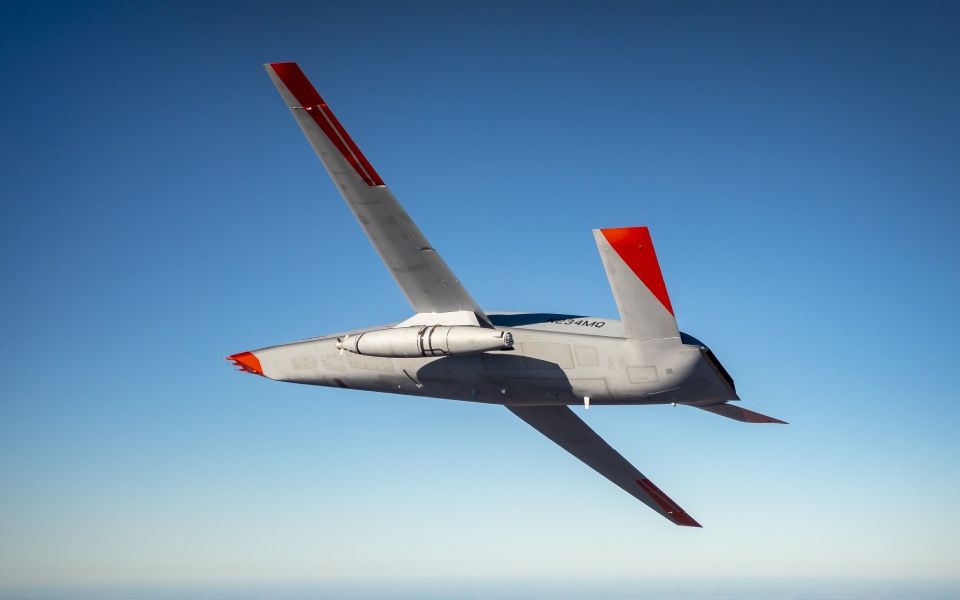
Related
Flying Into The Future: A Look At Boeing’s Autonomous Aircraft Projects
This area of the manufacturer’s work focuses more on military applications.
Directed Energy Directorate
“The Directed Energy Directorate advances laser systems, high power electromagnetics, weapons modeling and simulation capabilities, and electro-optics for space superiority.
With telescopes in New Mexico and Hawaii, the directorate is a leader in ground-based space imaging using adaptive optics and is the pioneer of the first and only megawatt class airborne laser.” — AFRL
Photo: USAF
Information Directorate
“The Information Directorate explores, prototypes, and demonstrates command and control, communications, computing, cyber, and intelligence technologies that enable the DAF and the Nation to maintain its superior technical advantage.” — AFRL
Photo: USAF
Materials and Manufacturing Directorate
“The Materials and Manufacturing Directorate develops new materials, processes and manufacturing technologies for aircraft, spacecraft, missiles, rockets, ground-based systems and their structural, electronic and optical components.” — AFRL
Munitions Directorate
“The Munitions Directorate rapidly develops and delivers war-winning munitions technologies to enable the multi-domain effects our Air and Space forces need to address the pacing threat. This allows US forces to penetrate robust enemy lines, overwhelm and confuse defenses, access adversary operational domains, collect and share relevant data with friendly forces, dynamically respond to changes in the battlefield, and overpower surging forces.” — AFRL
Photo: USAF
Sensors Directorate
“The Sensors Directorate focuses on affordable sensor and countermeasure technologies for reconnaissance, surveillance, precision engagement and electronic warfare systems.
Core technology areas include radio frequency and electro-optical sensing, electromagnetic spectrum warfare, multi-domain sensing autonomy, resilient mission systems, and enabling devices and components.” — AFRL
Photo: USAF
Space Vehicle Directorate
“The Space Vehicles Directorate develops and transitions technologies for more effective and affordable space missions, thereby ensuring America’s defensive advantage in space.
Primary focus areas include radiation-hardened electronics, space power, space structures and control, space-based sensing, environmental effects, autonomous maneuvering and satellite flight experiments.” — AFRL
Photo: USAF
Strategic Developmental Planning & Experimentation Directorate
“The Strategic Developmental Planning & Experimentation Directorate…organizes AFRL talent at the enterprise level to prioritize, demonstrate and transition capabilities for the future Air Force and Space Force. SDPE is charged with the design, build-out and execution of operational experimentation and prototype efforts that aim to understand the operational utility and competitive advantages they provide against China and other adversaries.” — AFRL
Some notable recent accomplishments of the Air Force Research Laboratory
Dynamic Optical Telescope System (DOTS)
DOTS employs varying classes of telescopes to engage in wide-area searches, tracking objects to determine their orbits and providing spacecraft characteristics.
Photo: USAF
DOTS enables the Department of the Air Force and its partners to discover new space objects in geosynchronous orbits over the Pacific. Additionally, DOTS has the ability to detect any changes in the orbital trajectories or operational states of these objects. This will indicate if the object(s) could put U.S. satellites at risk in that geographic area.
Agile Condor
The AFRL’s Information Directorate researchers developed the Agile Condor data-processing system. Agile Condor, can be mounted as an under-wing pod or within the fuselage of an aircraft.
Photo: USAF
Once in place, this device, using supercomputer processing capabilities, processes vast amounts of collected data, enhancing situational awareness and decision-making. This lets the operator recognize and act on critical information in real-time.
The T-Core Microprocessor
The AFRL Information Directorate has designed and manufactured the T-Core microprocessor, utilizing its highly skilled personnel and partnerships with other agencies (such as the Defense Microelectronics Activity).
Photo: USAF
This software is highly secure and protects against hacking and infection by malicious code. Additionally, the T-Core has been flight-tested on a single-board computer, and it could be used in many critical infrastructure systems.
Tactical Assault Kit (TAK) Ecosystem
Initially developed by the AFRL’s Information Directorate, TAK provides military personnel with access to georeferenced imagery and communications tools. The TAK ecosystem lets users overlay and align varying data sources in conjunction with map data, allowing data sharing, unique visualization of elevation data, and target management.
Photo: USAF
With TAK, the warfighter can overlay their position with aerial imagery, weather, target positions, communications feed and more.
Presently, TAK is utilized by over 300,000 military, civilian, and partner nation users.
Golden Horde
The Golden Horde program utilizes Networked Collaborative and Autonomous weapons technology. This technology allows the munitions to interact, share target data, coordinate strike options, and redirect to higher-priority targets if the weapon system deems that necessary. Golden Horde is undergoing testing and development.
Photo: USAF
Miniature Self-Defense Missile
The AFRL’s Munitions Directorate developed the Miniature Self-Defense Missile (MSDM) concept. Generally, when a US military aircraft is attacked, chaff, flares, or other diversions are used to lure away the incoming missile.
Photo: USAF
However, if fully developed, the MSDM will launch and directly attack a surface-to-air or air-to-air missile in mid-flight. Additionally, as it will be so light, numerous MSDMs can be carried on an aircraft, giving them greater protection in a contested environment.
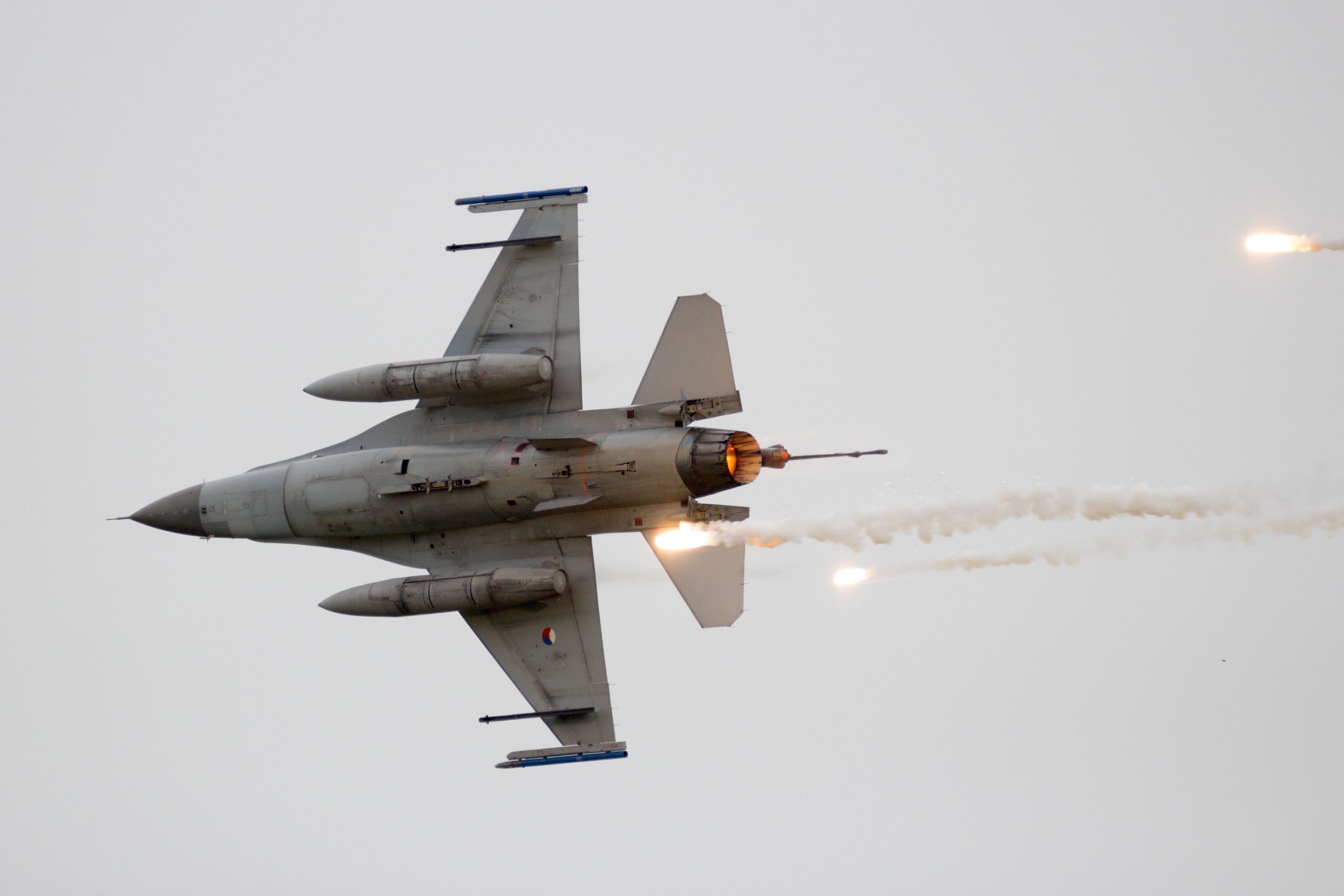
Related
How Do Fighter Jets Avoid Missiles?
A combination of evasive maneuvers, jamming, and the use of countermeasures help evade missiles.
The Air Force Research Laboratory is at the forefront of innovation
The Air Force Research Laboratory is at the forefront of research, development, and innovation for the US Air Force and Space Force. The technology and weapons produced by the AFRL can help the USAF and Space Force to be more effective in their respective missions while staying ahead of adversarial states.
Photo: USAF
Additionally, the work done at the AFRL benefits states partnering with the US as they have access to newly developed technologies, further integrating them with the US military and enhancing the effectiveness of these military partnerships.
Another great benefit of the AFRL is the relationships that this research and development enhances and deepens. American and partner state scientific communities work together, sharing a common purpose and goals. Collaborating on projects now also strengthens their bonds, leading to the development of the next generation of technology together, striving towards the great purpose of mutual defense.

